End of Content.
End of Content.
Nutritional standards provide South Africa’s feed industry with a trusted framework grounded in science and adapted to local realities. Developed in collaboration with leading animal nutritionists, these standards define minimum and maximum nutrient levels essential for animal health, productivity, and food safety – while ensuring compliance with Act 36/1947.
Over the past decade, AFMA has worked with more than 60 experts to update outdated nutrient levels that no longer matched the needs of modern farming systems and animals with higher genetic potential.
The revised standards now reflect:
In essence, Act 36/1947 provides the legal backbone – and AFMA’s work ensures it remains relevant, practical, and science-based. Done right, regulation builds trust, drives innovation, and supports sustainable agricultural growth.
The AFMA Nutritional Standards apply across multiple species and production systems, ensuring relevance for commercial feed manufacturers, regulatory authorities, and on-farm applications.
Each species section includes:
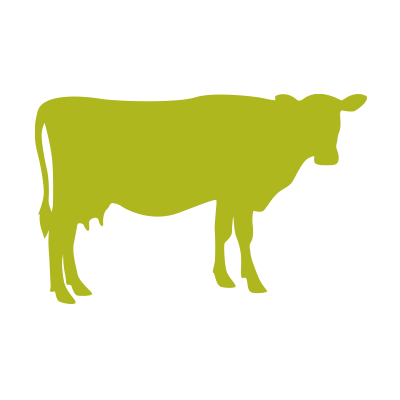
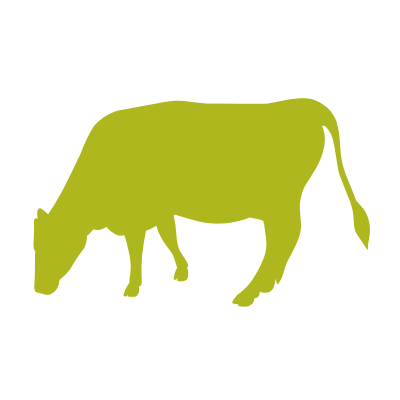
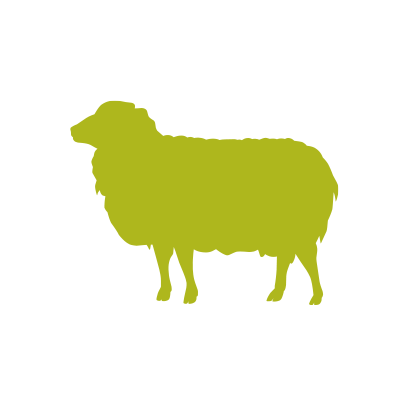

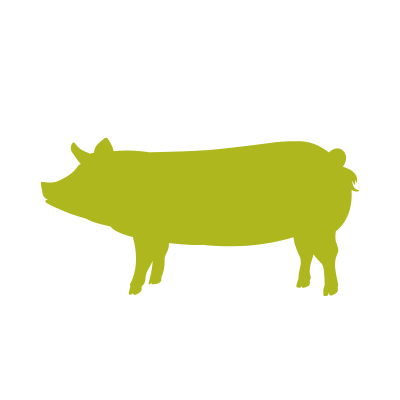
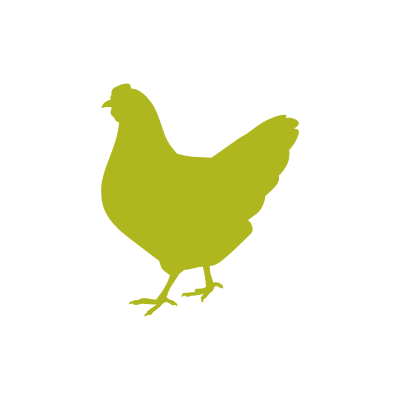

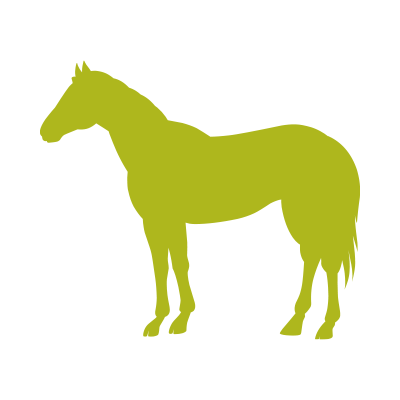

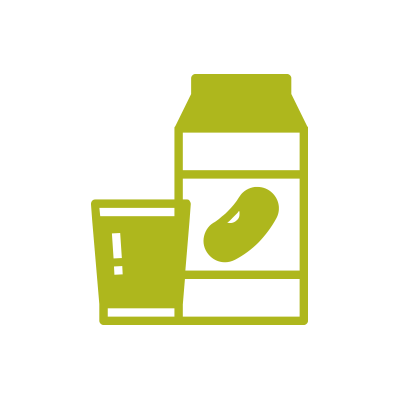
The standards were developed through an intensive, collaborative process involving more than 60 local experts from academia, feed companies, and veterinary sciences. They were benchmarked against international standards (such as NRC guidelines) and thoroughly reviewed to ensure practical application in South Africa.
Who Uses These Standards?
Benefits
Animal nutrition science has advanced significantly since the original standards were developed. The updated guidelines ensure feed formulations reflect modern production systems, genetic potential, and current health needs.
Feed products registered under Act 36/1947 must now comply with the updated nutrient specifications. These standards help simplify and standardise the registration process for manufacturers.
The standards apply to a wide range of species including dairy and beef cattle, poultry (broilers and layers), pigs, aquaculture, sheep, goats, game animals, and minor species.
Yes. Once gazetted by the Registrar of Act 36/1947, compliance with these nutritional standards becomes a regulatory requirement for feed registration and marketing in South Africa.
If you are registered on our database to submit your feed, salmonella and mycotoxin statistical information, you can login here.
If you are not able to access the Statistics System dashboard, please make contact with our admin team to verify your membership and access credentials.